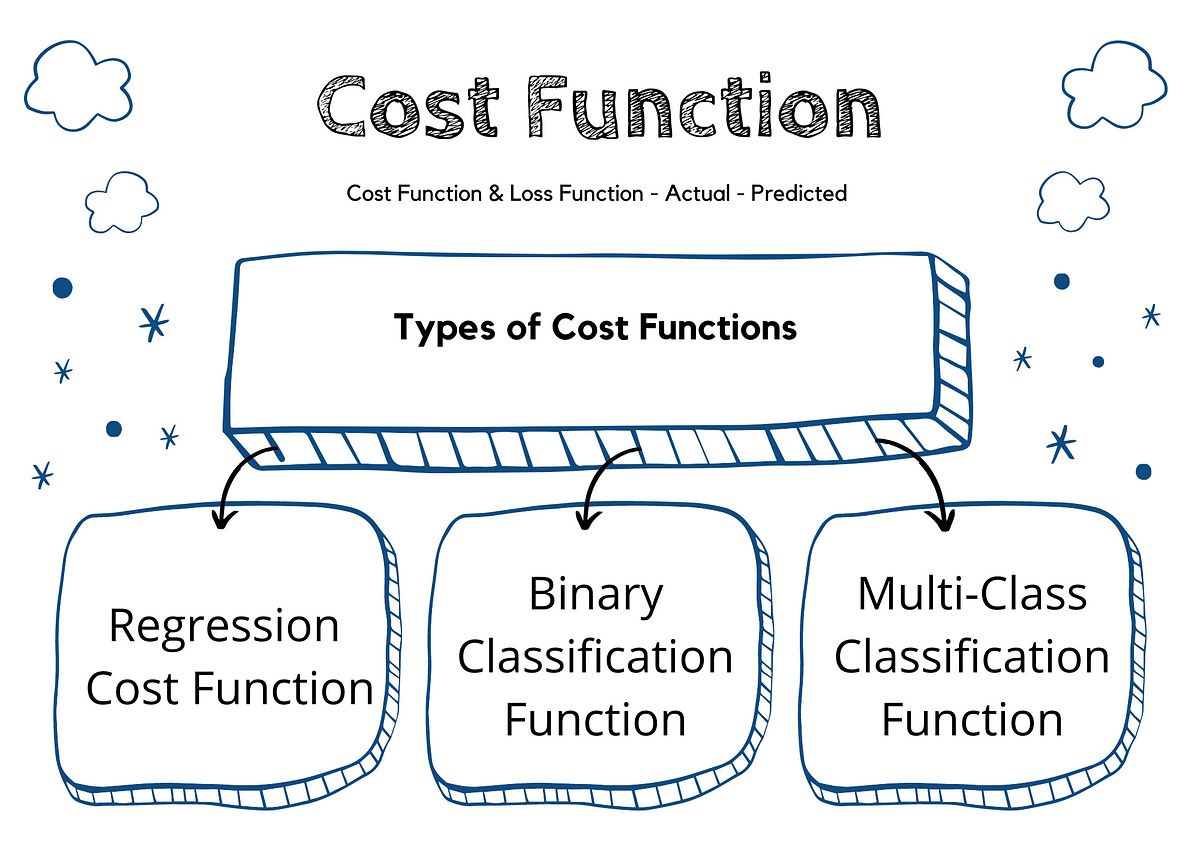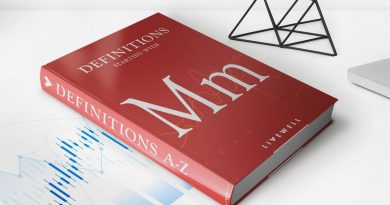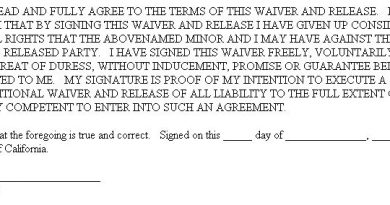Loss Cost What it Means How to Calculate

Loss Cost: What it Means, How to Calculate
What Is Loss Cost?
Loss cost, also known as pure premium or pure cost, is the amount of money an insurer must pay to cover claims, including the costs to administer and investigate such claims. Loss cost is factored in when calculating premiums.
Key Takeaways
– Loss cost is the total amount of money an insurer must pay to cover claims, including costs to administer and investigate such claims.
– When determining insurance premiums, companies factor in the loss cost.
– Insurance companies make a profit when collected premiums exceed loss costs.
– Underwriters use statistical models and historical data to calculate the loss cost.
– The loss cost multiplier adjusts for business expenses and profit.
– The loss cost multiplied by the loss cost multiplier determines the premium.
Understanding Loss Cost
Rate making, or determining the premium, is a critical task for insurers. It involves examining historical settlement costs, known as the insurer’s loss cost.
The loss cost represents payments for claims made on insurance policies. It includes administrative expenses associated with investigating and adjusting claims. It is the total cost to cover a claim.
When underwriting a new policy, the insurer agrees to indemnify the policyholder from losses related to a specific risk. In exchange, the insurer receives a premium payment. The insurer realizes a profit when the loss cost is lower than the collected premiums.
Determining Loss Cost
Setting the premium at the maximum liability plus administrative costs would result in high premiums. Regulators also limit the rates insurers can charge.
Insurers use statistical models to estimate expected losses from claims. These models consider past settlement patterns and data from other insurers covering similar risks. The National Council on Compensation Insurance (NCCI) and other rating organizations provide claim information for underwriting purposes.
While these models provide estimates, the actual loss can only be known after the policy period ends.
Additionally, the loss cost must be adjusted to consider profit and other business expenses, such as salaries and overhead. These adjustments are called the loss cost multiplier (LCM). The premium is determined by multiplying the loss cost by the loss cost multiplier.



